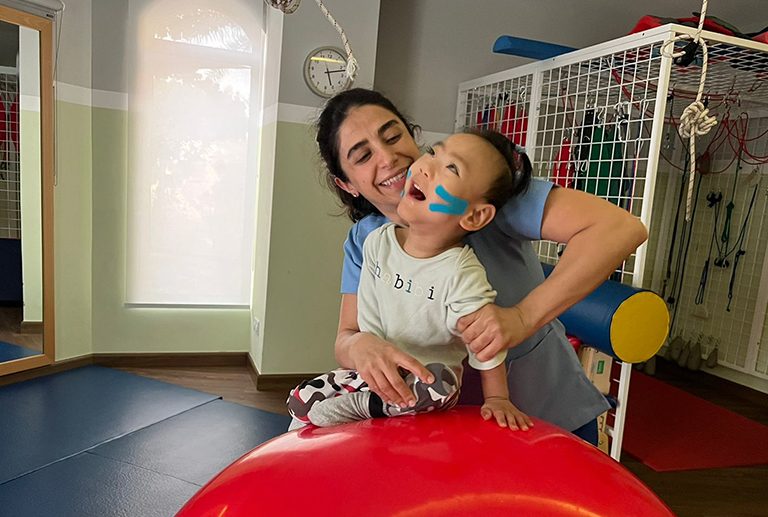Tips For Effective Pediatric Physical Therapy

Pediatric physical therapy addresses children’s mobility, balance, strength, flexibility, and coordination challenges due to injury, illness, disability, or typical developmental variations. Applying evidence-informed strategies tailored to each child’s unique needs nurtures optimal growth and promotes active participation in daily activities. Consider incorporating the following tips for effective pediatric physical therapy:
Tip 1: Establish trusting relationships:
Building strong rapport founded on genuine warmth, empathy, understanding, and nonjudgmental acceptance sets the stage for productive therapeutic encounters. Invest time getting to know the child and their family, demonstrating sincere interest in their stories, preferences, and lived experiences. Create welcoming, inclusive environments devoid of stigma or bias, cultivating a culture rooted in safety, fun, and celebration.
Tip 2: Utilize play-based approaches:
Capitalizing on youngsters’ innate curiosity and natural inclinations toward exploration, adventure, and creativity engenders intrinsic motivation, joy, and enthusiasm. Integrate toys, games, songs, books, puzzles, and other playthings purposefully chosen based on the child’s individualized goals and interests. Scaffold gradually increasing complexity and challenge, encouraging experimentation, innovation, and risk-taking alongside gradual skill acquisition.
Tip 3: Blend movement contexts:
Vary exercise formats spanning structured drills, freeplay episodes, group classes, and outdoor excursions to maintain variety, freshness, and excitement. Infuse diverse modes of locomotion – crawling, walking, running, hopping, skipping, swimming, dancing, cycling, etc. – bolstering cross-domain functionality and versatility. Ensure adequate repetitions, intensities, durations, and frequencies commensurate with recommended guidelines informed by scientific literature and expert consensus.
Tip 4: Set realistic expectations:
Recognize that meaningful progress often unfolds gradually, unevenly, and nonlinearly, necessitating patience, perseverance, and tenacity. Frame expectations realistically, accounting for inherent variability associated with human development, maturation, environmental influences, and cultural diversity.
Tip 5: Solicit active participation:
Empower children to take ownership of their bodies, minds, and spirits by involving them directly in goal setting, strategy selection, monitoring progress, and adjusting course corrections. Cultivate self-efficacy beliefs anchored in mastery experiences, verbal persuasion, vicarious learning, emotional arousal, and physiological states. Offer choices, invite suggestions, seek feedback, and share decision-making authority, nurturing autonomy, responsibility, and initiative.
Employing these tips nurtures effective pediatric physical therapy interventions yielding maximal returns on investment. Focus relentlessly on establishing robust therapeutic relationships, leveraging play-based approaches, blending movement contexts, setting realistic expectations, engaging actively participants, partnering closely with families, meticulously documenting efforts, and continually updating professional acumen.


